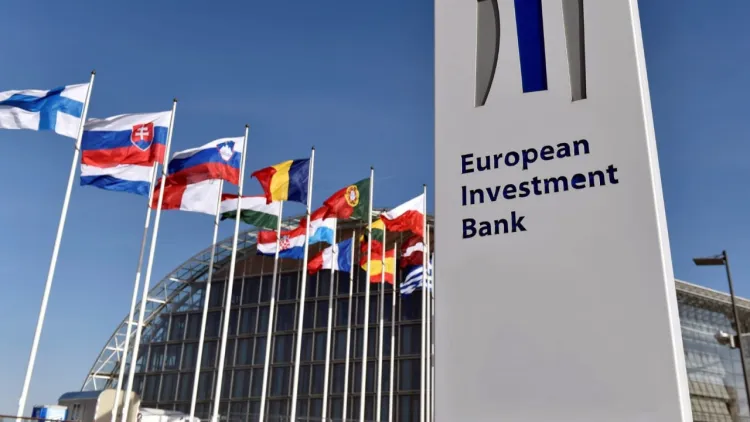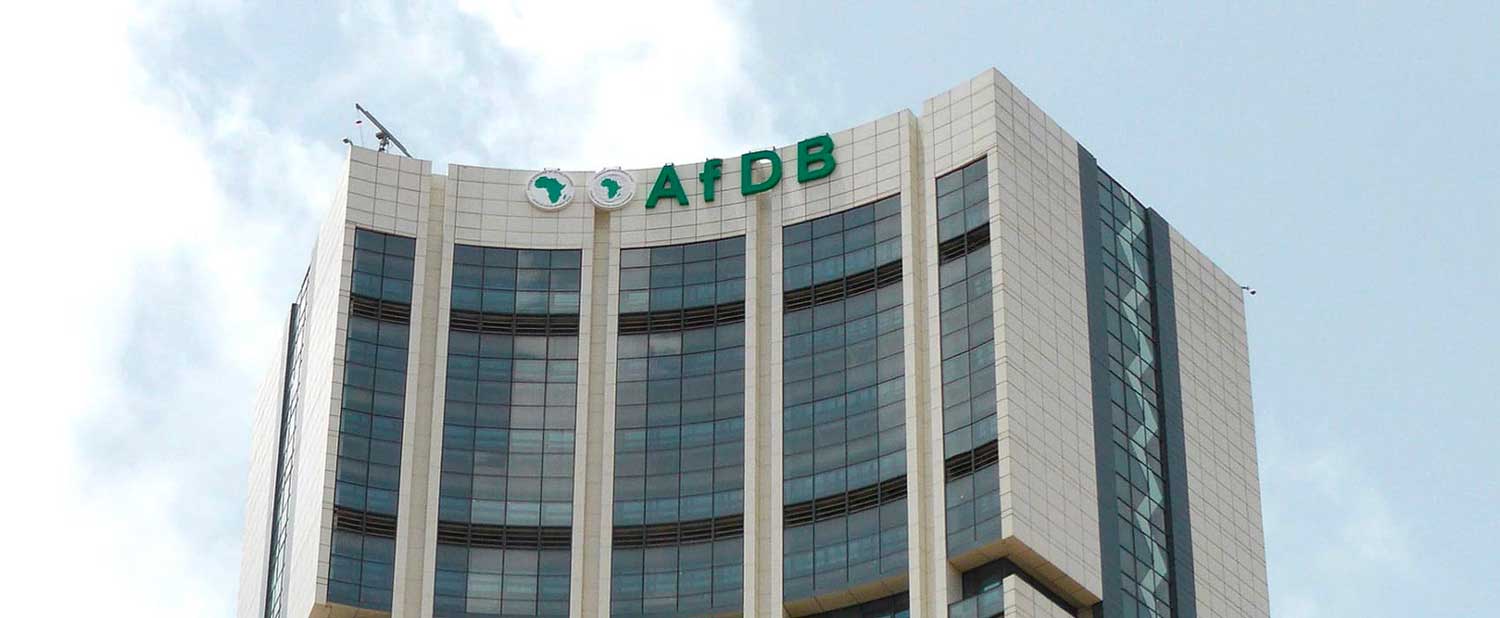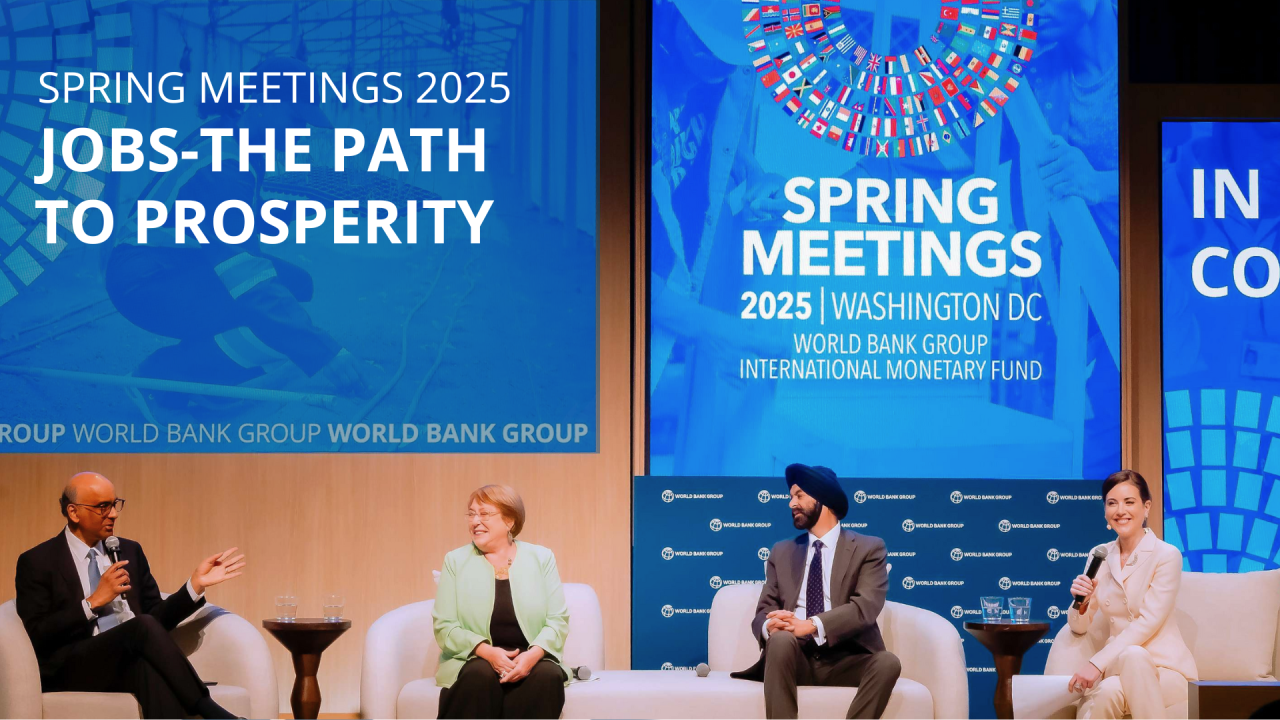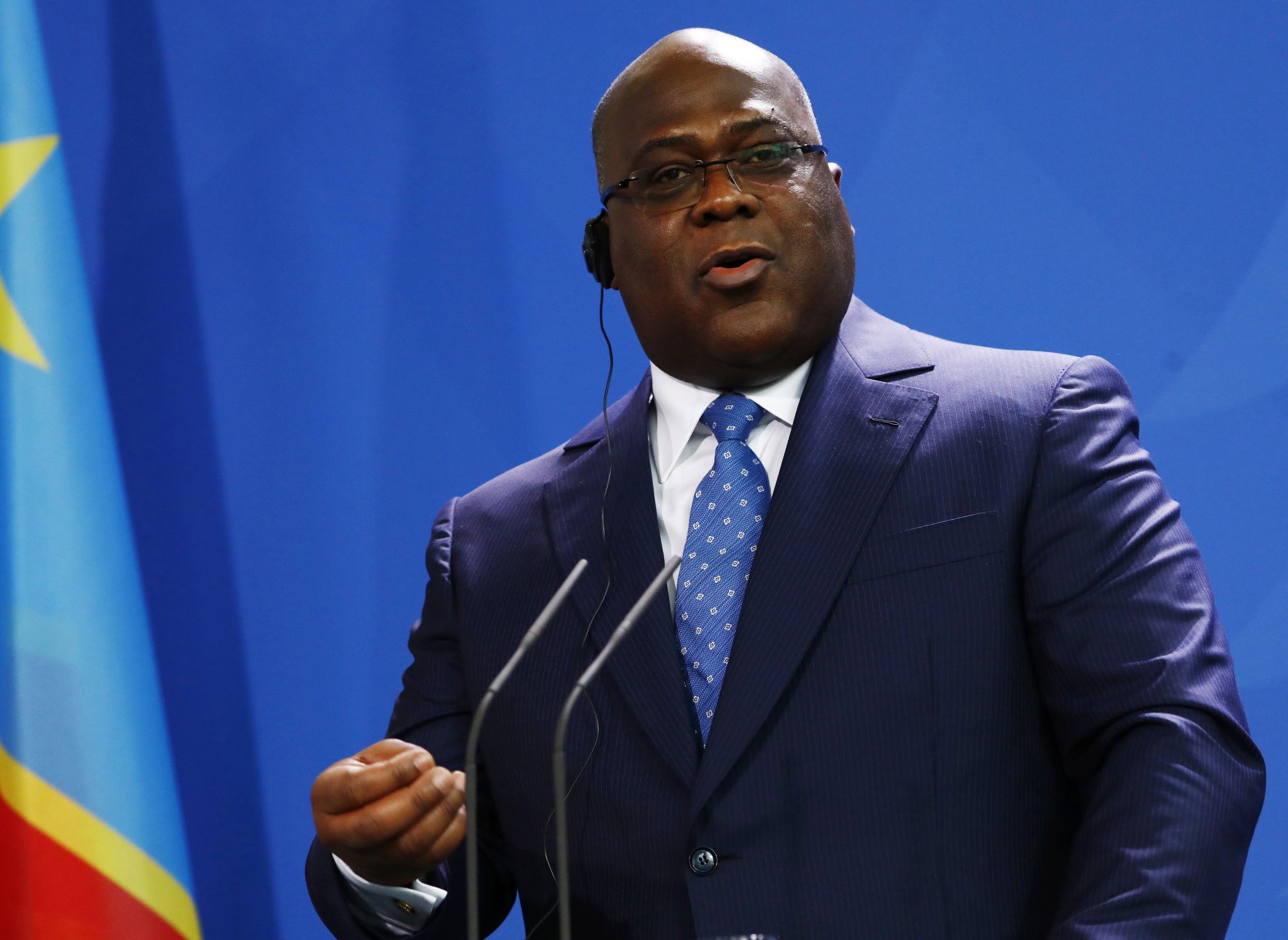EIB Investment Signals Egypt’s Reform Credibility
EIB invests $38m in Egypt’s Tanmiya Fund II, signaling private equity’s return as inflation eases to 11–12% and reserves near $49bn; EGP=X stability, EMB spreads near 400bps, and ^TNX trends will test depth of Egypt’s reform-driven capital shift.

The European Investment Bank’s proposed $38 million equity commitment to Tanmiya Capital Ventures Fund II underscores a structural evolution in Egypt’s reform narrative—from sovereign borrowing to risk-bearing private capital. The $150 million vehicle targets growth-stage companies in technology, agribusiness, logistics, and advanced manufacturing, sectors aligned with Egypt’s Vision 2030 industrial strategy.
This marks one of the clearest signals yet that Egypt’s macro stabilization—anchored in currency liberalization, fiscal restraint, and disinflation—is convincing development financiers that the next phase of growth will depend on enterprise-scale investment rather than public spending or external debt rollover.
The fund’s structure addresses Egypt’s most persistent capital market gap. SMEs account for roughly 45% of formal employment but access less than 20% of domestic credit, constrained by collateral requirements and high nominal rates. Equity capital fills that void, enabling firms to scale without adding leverage or currency risk.
Tanmiya II aims to invest between $3 million and $10 million in 20–25 portfolio companies, providing patient growth capital in a market still dominated by short-tenor banking products. The EIB’s participation reduces perceived governance and exit risk, crowding in other development and institutional investors while setting a benchmark for transparency, reporting, and ESG compliance.
Macro conditions have shifted sufficiently to attract long-duration capital. Inflation eased to about 11–12% year on year in Q3 2025, the pound (EGP=X) has stabilized around 47–48 per dollar following FX flexibility, and reserves are near $49 billion—around 4.5 months of goods-and-services import cover. Domestic yields remain elevated, with 10-year local-currency bonds trading near 20–21%, reflecting tight monetary policy and inflation inertia.
Yet the direction is favorable: disinflation, a smaller fiscal deficit, and a primary surplus are compressing risk premia. Egypt’s hard-currency sovereign spreads on EMB indices have narrowed to the mid-400 basis-point range, down from peaks above 650 bps in 2023. The EIB’s equity deployment leverages that stabilization by providing non-debt financing that complements sovereign deleveraging and private-sector expansion simultaneously.
The signaling effect is material beyond Egypt. Regional private-equity flows into North Africa fell below $400 million in 2023 from over $800 million two years earlier as investors de-risked. A fully subscribed Tanmiya II would rank among the largest domestically managed growth funds in the region, raising institutional standards and improving exit visibility for cross-border investors.
A credible institutional anchor also lowers the hurdle rate for co-investors and accelerates capital formation across second-round funds. The transaction widens Egypt’s capital mix, offering a blueprint for other frontier markets seeking to replace public-sector stimulus with scalable private funding structures.
The economic transmission runs through productivity and exports. Equity financing allows SMEs in manufacturing, agribusiness, and logistics to modernize operations, increase capacity utilization, and integrate into export supply chains. If Tanmiya II deploys $120–150 million over four years and mobilizes an additional $150 million in co-investments, total project capex could exceed $300 million.
The contribution to GDP would be modest—around 0.1–0.2 percentage points annually—but its structural impact could be outsized: deeper value chains, higher formal employment, and more resilient non-oil export earnings. For a $500 billion economy where domestic investment remains below 15% of GDP, such equity-driven growth improves composition rather than scale, lowering volatility and dependency on external financing.
Financial markets will monitor this experiment for confirmation of Egypt’s risk repricing. If the EGP=X remains stable within the 45–52 corridor, reserves stay above 4.5 months of imports, and EMB spreads hold near 400 bps, the narrative of structural re-entry by international capital will gain traction. Conversely, a re-acceleration of inflation above 13%, renewed fiscal slippage, or sustained global yield tightening (^TNX > 4.5%) would raise risk premia and stall momentum.
The forward test is measurable. By 2028, Tanmiya II must demonstrate scalable success: at least 20 portfolio firms financed, one trade or public exit achieved, net IRRs above 20%, and $50–70 million in follow-on capital secured. At the macro level, annual non-sovereign FDI growth above 10% and non-oil exports expanding by 8–10% would confirm the viability of Egypt’s private capital transition.
If these conditions materialize, Egypt will have completed a rare pivot among frontier economies—translating fiscal stabilization and currency reform into institutionalized, equity-driven growth that compounds rather than consumes capital.





